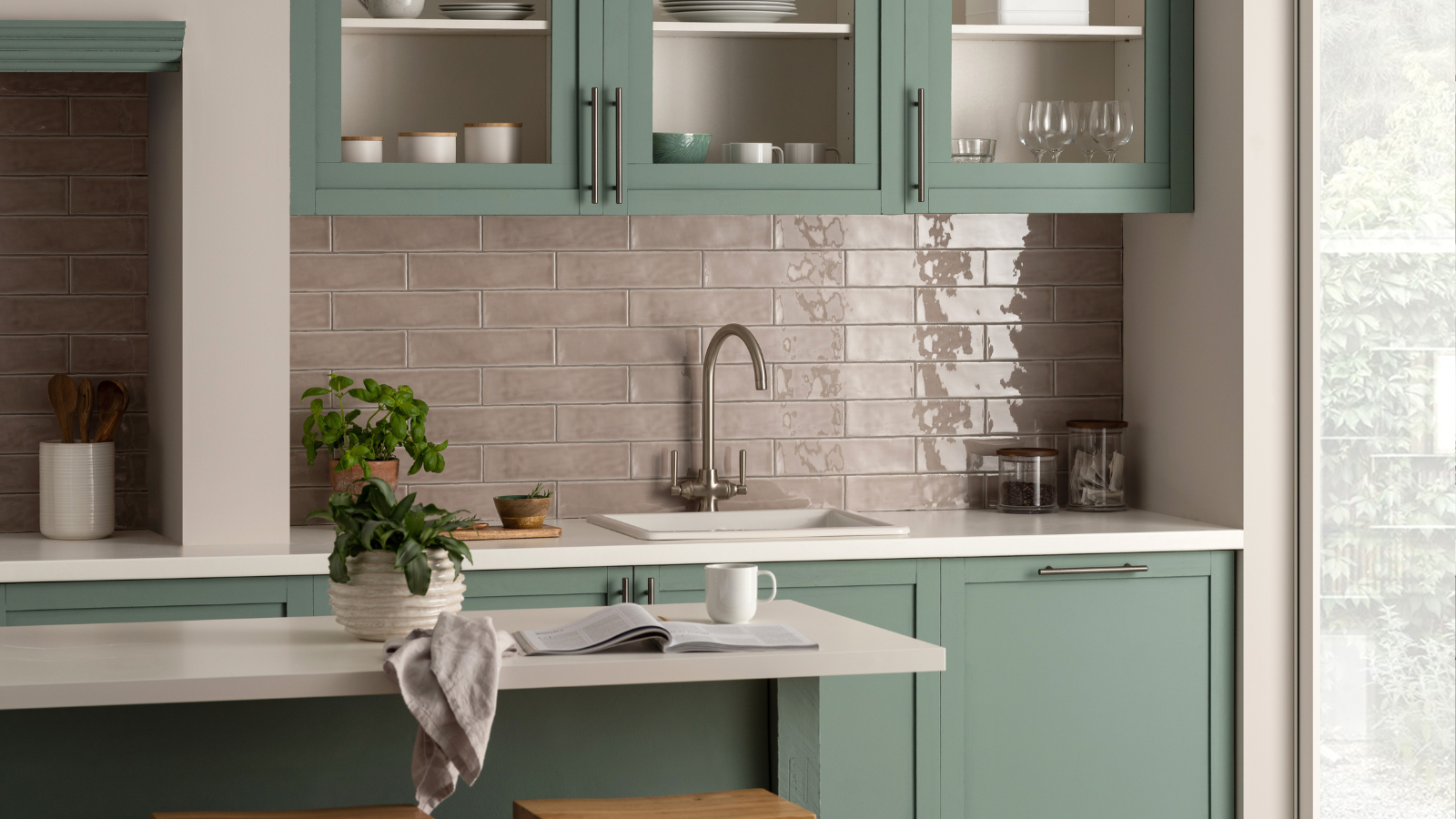How to limewash walls: A 5-step guide to a professional finish
Want to learn how to limewash walls? Our experts share everything you need to know
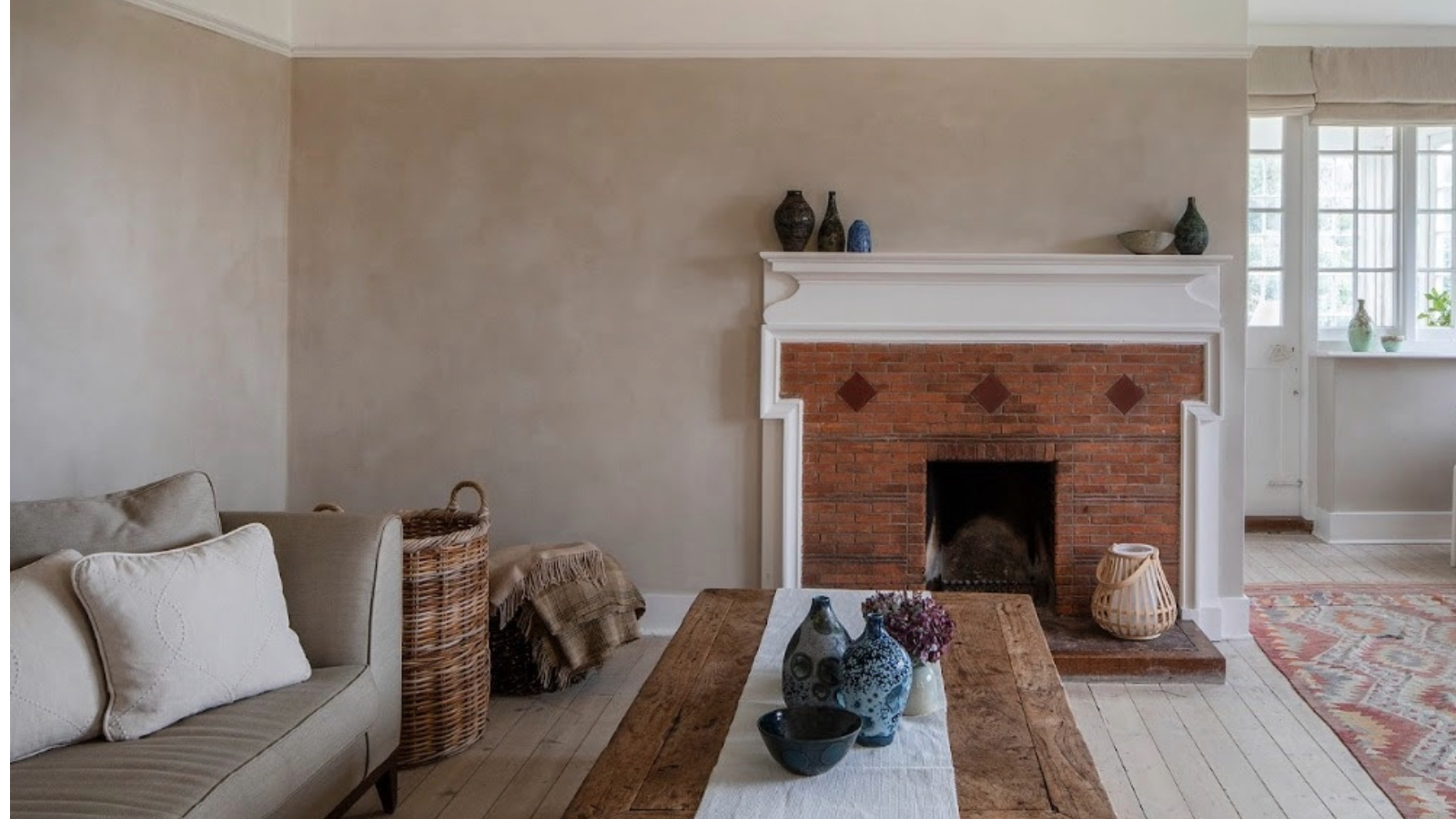
With textured wall finishes on the rise, more and more people are wondering how to limewash their walls – and whether it’s really possible to achieve a professional look by doing it yourself.
While it does require a fair amount of prep to avoid streakiness and around four coats to achieve full coverage, the good news is that limewash paint is relatively easy to apply and can produce fantastic results.
To learn how to limewash your walls, follow our experts’ step-by-step guide below. It covers everything you need to get started – including the best products, how to prep, and whether you can create a similar effect using regular emulsion paint.
How to limewash walls (traditional method)

Traditional limewash is a breathable eco paint made from slaked lime and water, and it has a purposely uneven, tonal finish. Here's how to apply it, according to Samantha-Jane Agbontaen, Interior Designer & Founder of House Designer:
- Prepare the surface
The key to limewash is breathability. The wall should be clean, matt, and free of synthetic coatings such as vinyl or acrylic paint. Limewash bonds best to porous materials like plaster, brick, or lime render. For new plaster, allow it to cure fully, then lightly dampen the surface with clean water before applying. - Mix the limewash
Use matured lime putty and dilute it with clean water in roughly one part lime to two parts water. Stir until it has a smooth, milk-like consistency. For better durability, especially in high-traffic areas, you can add a little casein (a natural milk protein binder). - Apply the first coat
Use a wide, natural bristle brush and apply in irregular, cross-hatched strokes rather than straight lines. The beauty of limewash lies in its movement and variation. The first coat will look uneven, which is completely normal. Allow it to dry for 24 hours in a well-ventilated space. - Build the layers
Apply two or three thin coats, allowing each one to dry completely before the next. You can adjust the water ratio depending on how soft or opaque you want the finish to be. To add depth, natural pigments can be mixed in, but always test a small section first, as limewash lightens as it dries. - Finishing and maintenance
Once the final coat is dry, leave it untouched for a few days to allow the lime to carbonate fully. This creates the characteristic chalky patina that softens over time. Unlike paint, limewash doesn’t peel; it simply ages gracefully, which is part of its charm. For maintenance, brush off dust gently and refresh with another coat when needed.
Shop these limewash essentials

Since you'll need to lightly mist your walls between each coat, a spray bottle is essential.
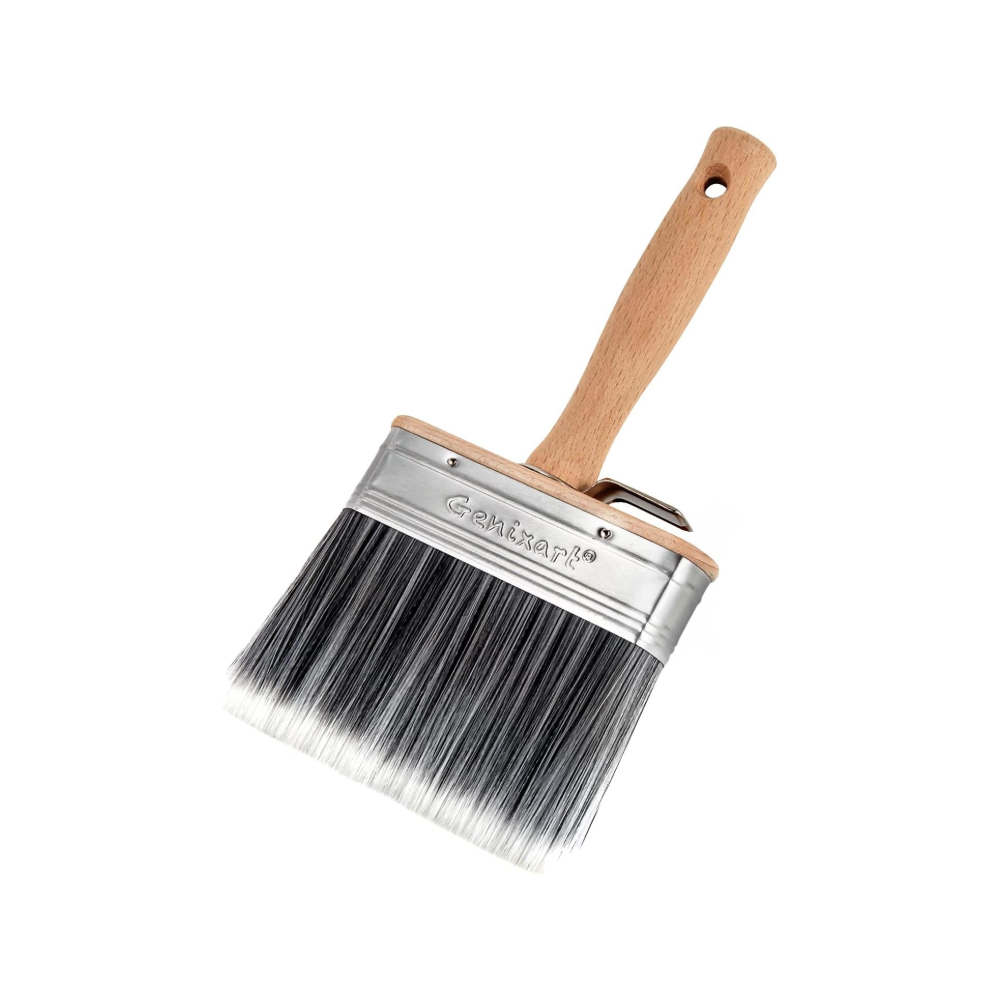
Made from curved nylon bristles, this premium wide brush works well with limewash.
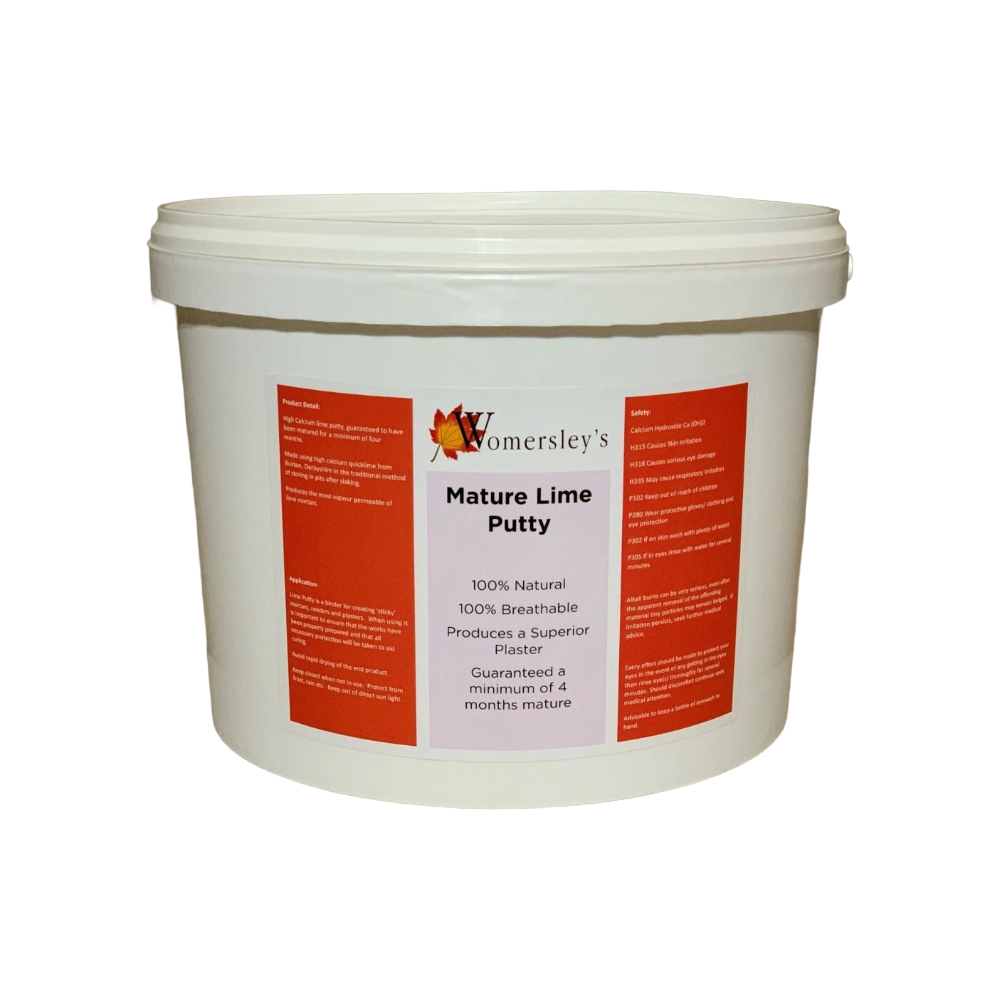
Matured for at least three months, this high-quality lime putty can be used for pointing, plastering and rendering.

Samantha Jane Agbontaen is the founder of House Designer, a London-based interior and garden design studio. They often recommend limewash to clients who want an elegant, natural wall finish with texture and warmth.
How to limewash walls (paint method)
If you want to achieve a limewash finish but don’t fancy the mess that comes with it, you can create a similar effect using emulsion paint. This is a great choice for walls that aren’t very porous and is more forgiving than putty if you make a mistake.
Victoria Yardley, Founder of Victory Colours, shows you how to do it:
- Prepare your surface
Remove debris, dirt and grease from your walls. - Choose two complementary tones
One colour should be slightly lighter than the other one. - Paint your base coat
Apply the darker of the two colours evenly and let it dry completely. - Apply your “limewash” layer
Use a large brush, sponge, or soft cloth to lightly apply the lighter shade, working in irregular, criss-cross strokes. Don’t overwork it – the charm is in the variation. - Feather the edges
While still slightly damp, gently blend with a clean, dry brush to soften transitions and add that dreamy, mottled texture. - Stand back and admire
The result should look layered and natural, like sunlight playing across plaster.
Our favourite faux limewash picks
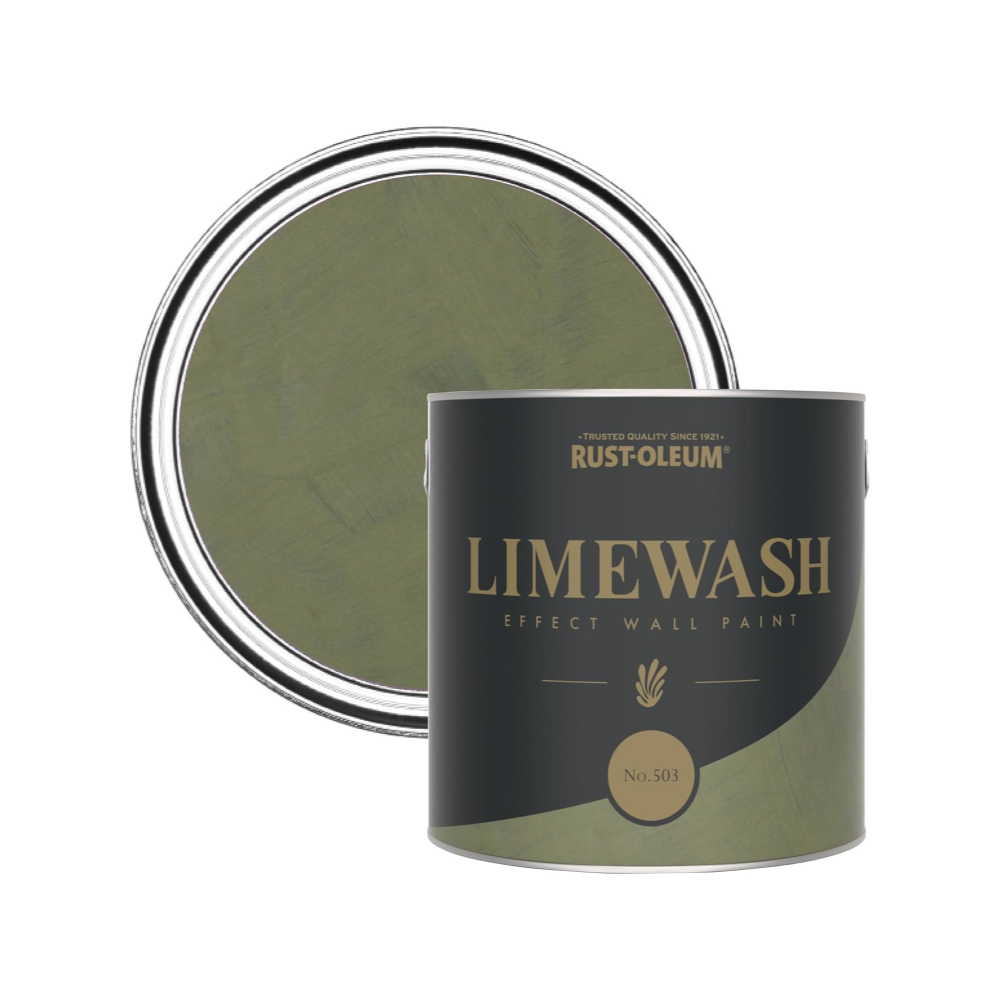
This water-based paint is touch-dry within an hour and comes in a beautiful, deep, earth-toned green.
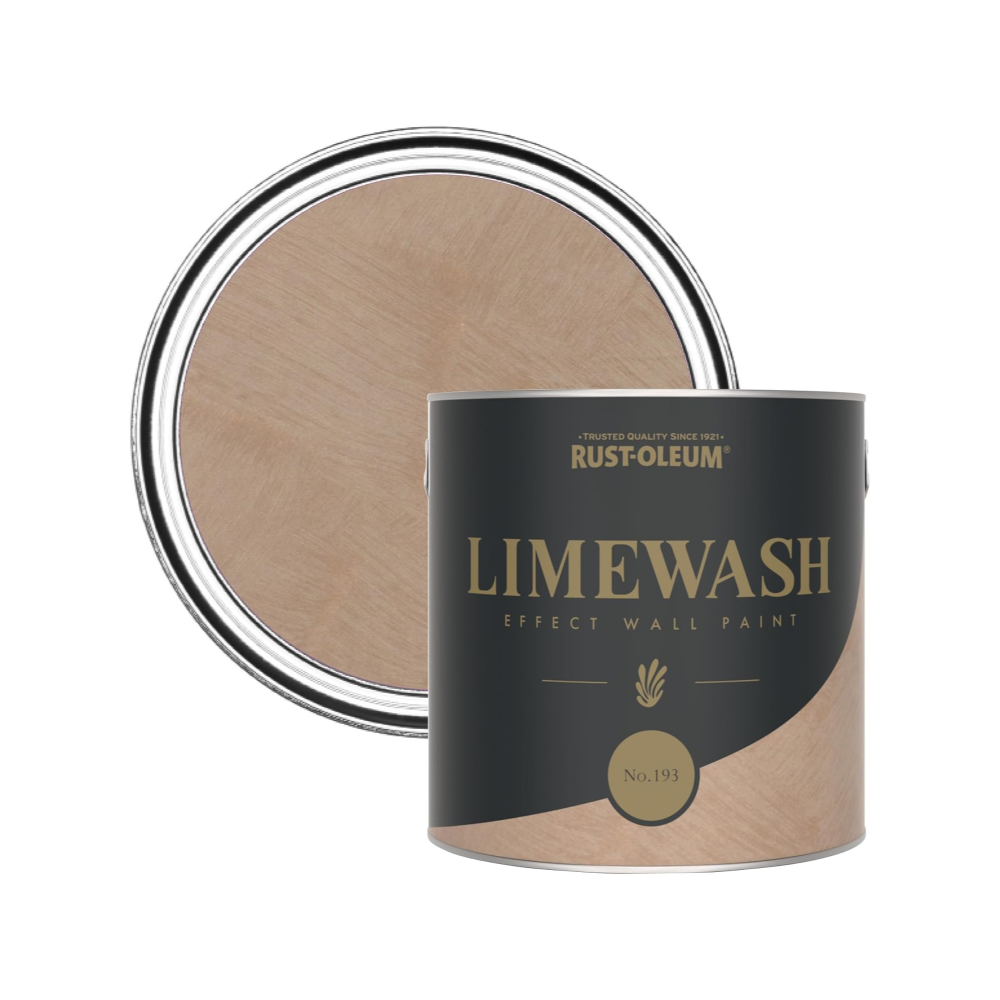
Suitable for both walls and ceilings, this cosy caramel shade has a matte finish.

Want to avoid painting altogether? This wallpaper delivers the perfect limewash effect – at half the effort.

Victoria Yardley is the visionary behind Victory Colours, a family-owned British paint manufacturer pioneering ethical and eco-friendly paint solutions.
If you're planning to give traditional limewash a try, Ian Masonbury, Brand Director at Armourcoat warns, "Having a precise understanding of moisture levels, application thickness, surface porosity, and timing is essential. If any of these are overlooked, the finish will invariably end up being patchy and unstable.”
Bring your dream home to life with expert advice, how to guides and design inspiration. Sign up for our newsletter and get two free tickets to a Homebuilding & Renovating Show near you.
Before you get started, it's worth learning about the different types of paint and what they're used for. And if you're puzzled by the price gap between premium paints and their retail equivalents, we've also answered whether expensive paint is really worth it.

As Content Editor at Homebuilding & Renovating, Megan is passionate about providing expert-backed advice and creative inspiration to help readers transform their living spaces. Her love for DIY began while helping to renovate her parents’ family home, sparking a fascination with interiors, renovation, and design. More recently, she assisted with the renovation of her partner’s house in Bristol and is currently expanding her expertise through an Introduction to Home Improvement course. She joined the Homebuilding & Renovating team in 2025, having previously worked as a Staff Writer at PetsRadar and Beauty Assistant at Harrods.
